Data Visualization is a powerful tool that enables businesses to interpret vast amounts of data quickly and make informed decisions. In the era of big data, the ability to present complex information in a clear and actionable manner is more vital than ever. At Softriva, we excel in transforming intricate data sets into visually compelling narratives, providing insights that drive strategic success and operational efficiency.
DATA VISUALIZATION
WHAT IS DATA VISUALIZATION?
Data Visualization is the graphical representation of information and data. By using visual elements like charts, graphs, and maps, data visualization tools provide an accessible way to see and understand trends, outliers, and patterns in data. It plays a critical role in data analytics, bridging the gap between raw data and meaningful insights.
APPLICATIONS OF DATA VISUALIZATION
Data visualization is transforming industries by turning complex data into clear, actionable insights that enhance decision-making and communication. Below are key areas where data visualization is driving significant impact.
DATA VISUALIZATION
KEY COMPONENTS
DATA SIMPLIFICATION
INTERACTIVE DASHBOARDS
KPI MONITORING
GEOSPATIAL VISUALIZATION
REAL-TIME DATA INTEGRATION
TYPES OF DATA VISUALIZATION
TIME SERIES VISUALIZATIONS
Time series visualizations are essential for tracking data points across different time intervals, enabling users to observe trends, patterns, and fluctuations over time with greater precision and clarity. These visualizations are commonly used in financial analysis, sales forecasting, and any domain where understanding temporal changes is critical for decision-making. Examples include line charts, area charts, and bar charts that plot data points against a timeline, providing a clear and detailed view of how data evolves over time, helping businesses anticipate trends and make informed strategic decisions.
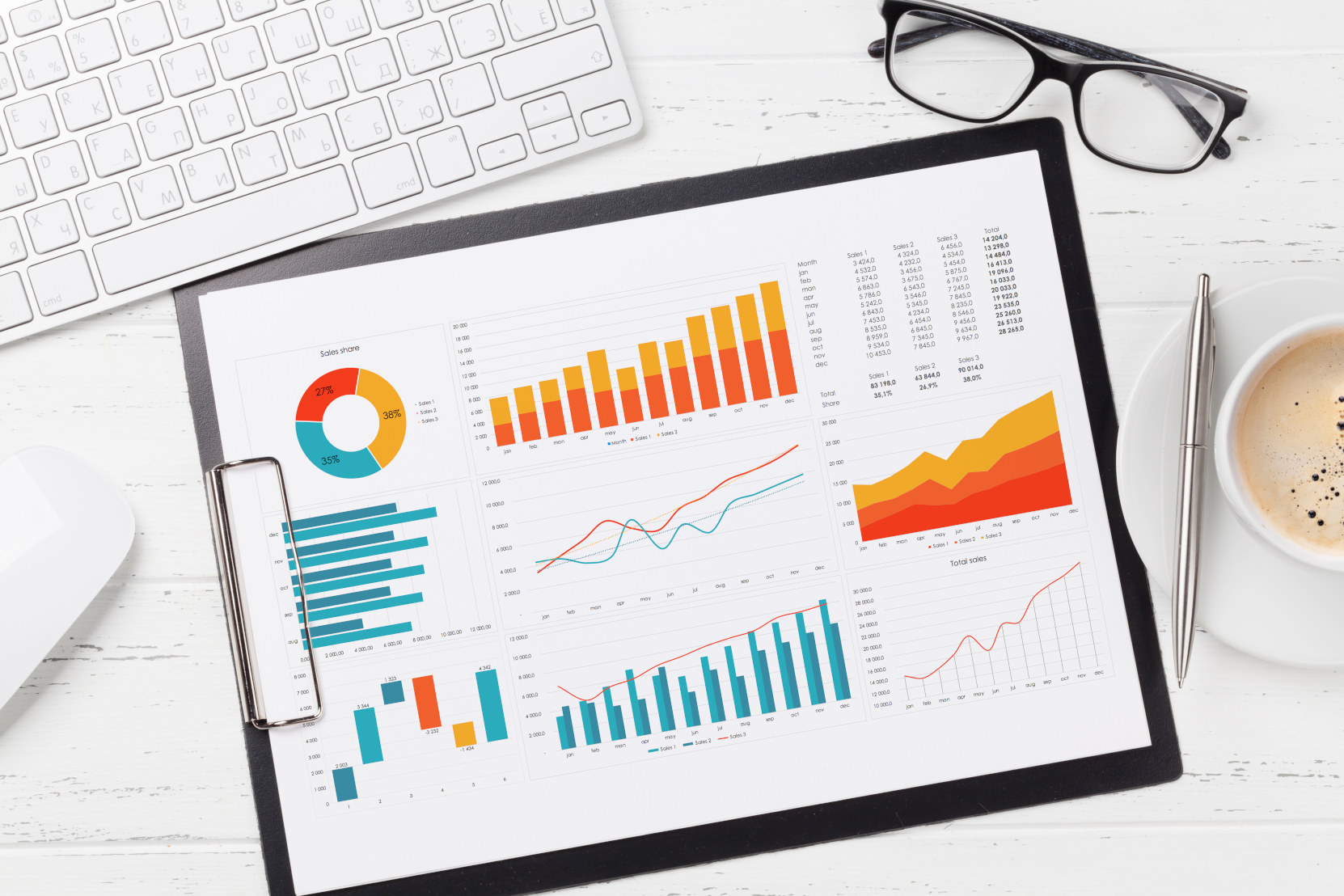
COMPARATIVE VISUALIZATIONS
Comparative visualizations are designed to effectively compare multiple datasets or variables side by side, making it easier to identify differences, correlations, and outliers within the data. These visualizations are particularly valuable for benchmarking, competitive analysis, and comparing performance metrics across different categories, products, or time periods. Examples include bar charts, grouped bar charts, scatter plots, and radar charts, which allow users to analyze comparative data visually, providing insights that drive strategic decisions and performance improvements.
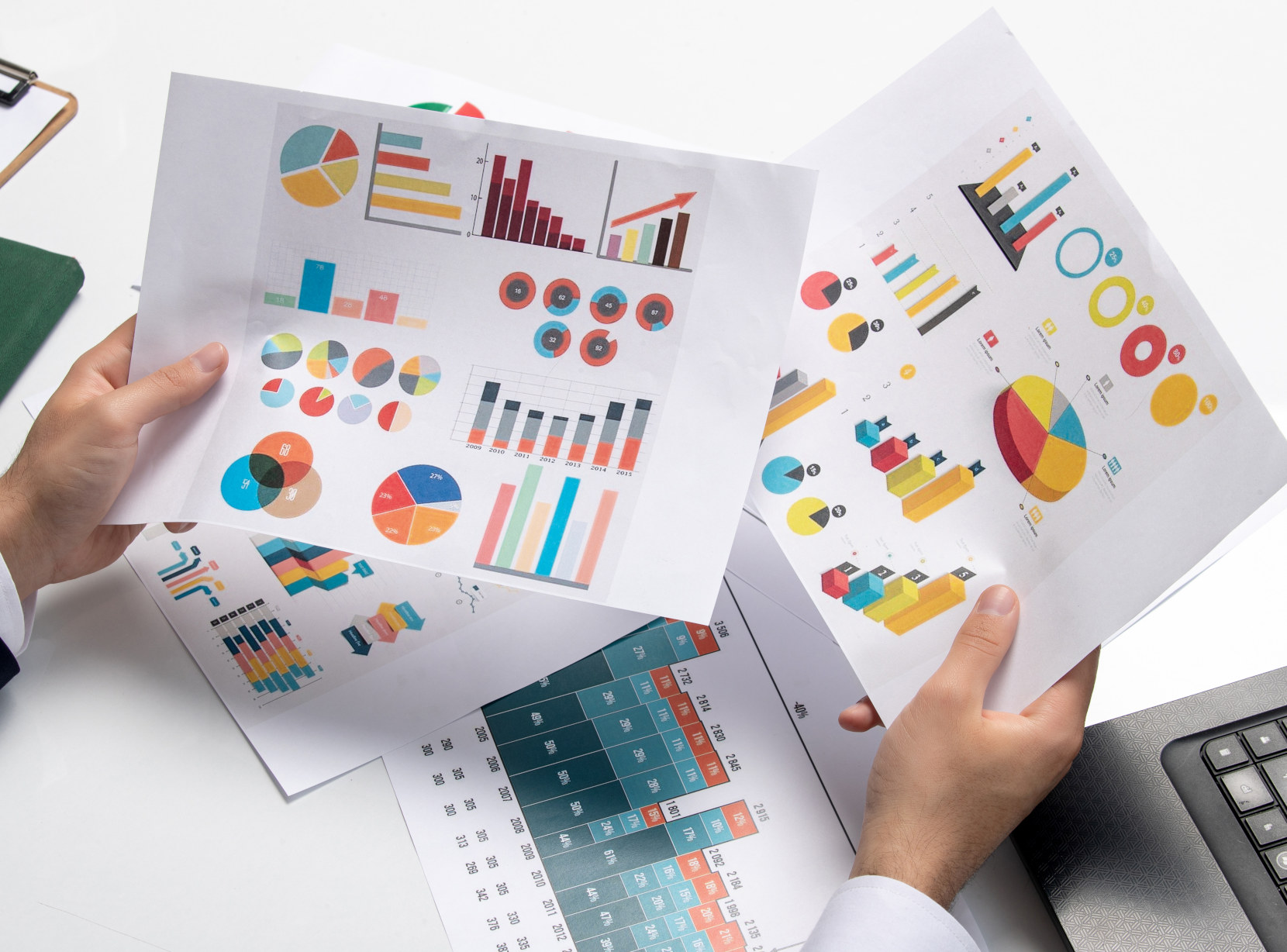
GEOSPATIAL VISUALIZATIONS
Geospatial visualizations map data onto geographical locations, providing valuable insights into spatial relationships, patterns, and trends that are often crucial for decision-making. This type of visualization is essential for industries like logistics, urban planning, real estate, and environmental studies, where understanding location-based data is key. Examples include heatmaps, choropleth maps, and point maps that display data points on a geographic map, offering a clear and detailed view of how data is distributed across different regions and enabling location-based strategies.
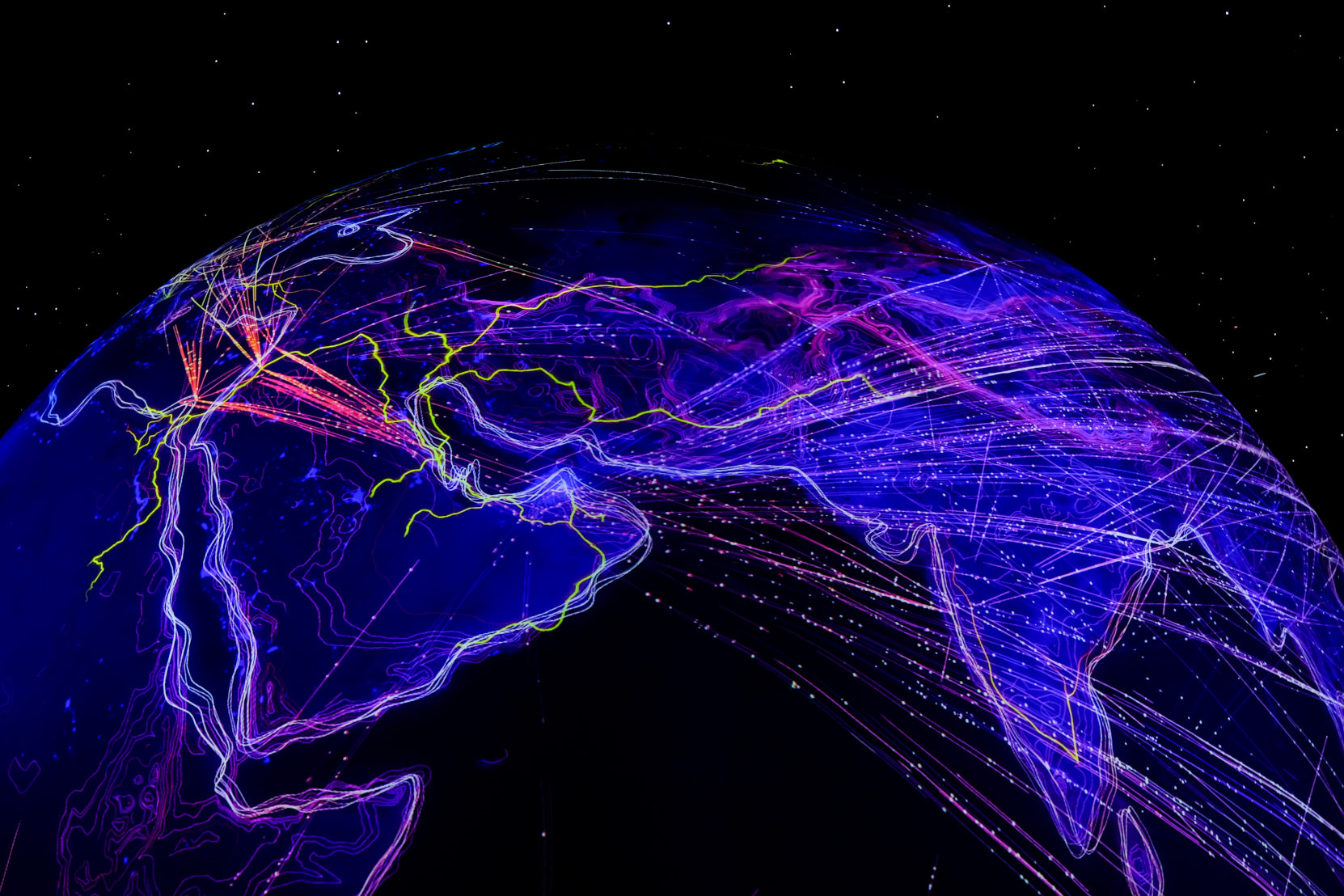
INTERACTIVE VISUALIZATIONS
Interactive visualizations empower users to engage directly with data, allowing them to explore and analyze information in a dynamic and personalized way. These visualizations are designed to be intuitive and user-friendly, often incorporating features like drill-down capabilities, filtering, and customization options to tailor the experience to specific needs. Examples include interactive dashboards, bubble charts, and tree maps, where users can manipulate the data, uncover deeper insights, and create customized visualizations that enhance their understanding and decision-making process.
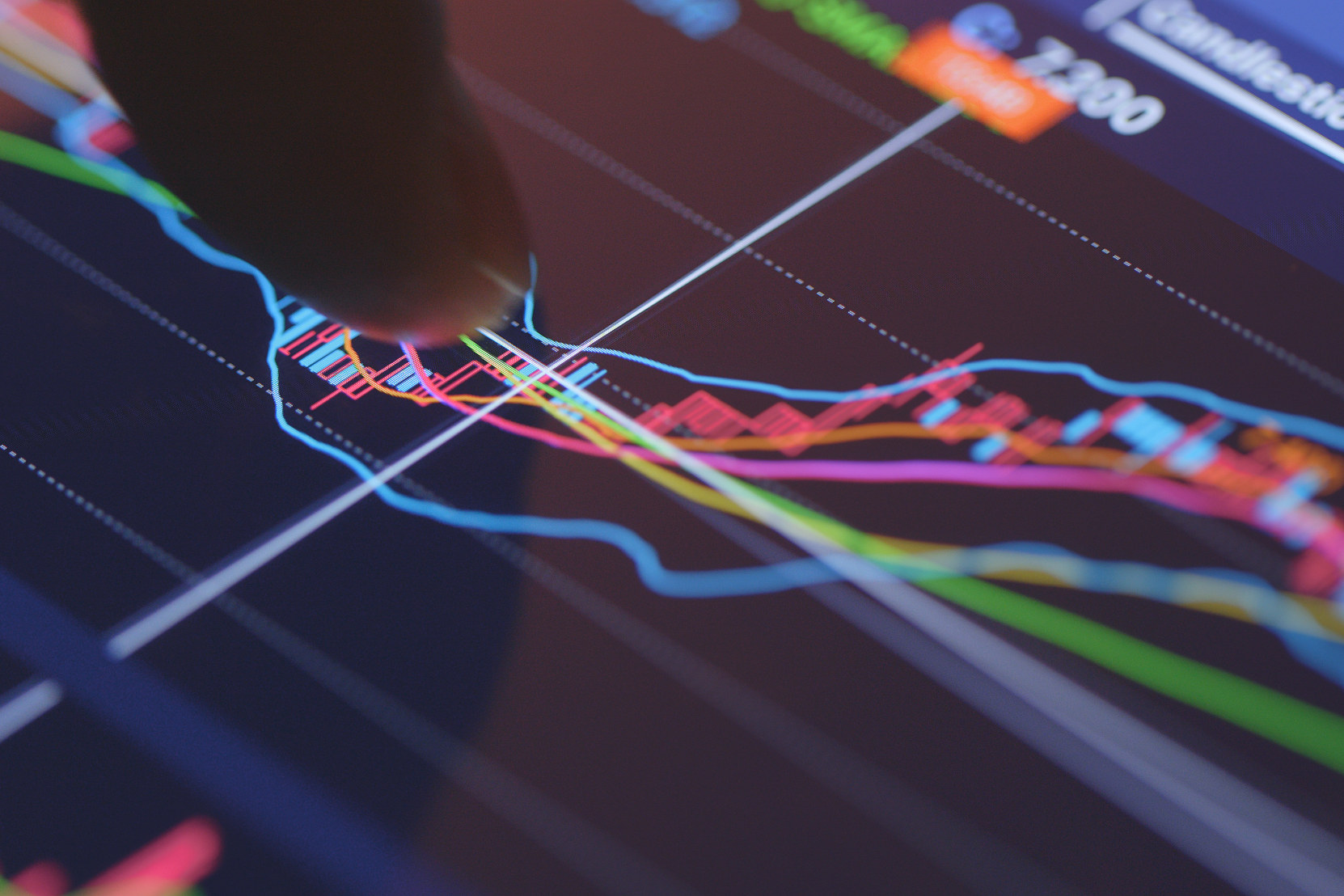
![]()
Softriva’s Data Visualization Services empower businesses to transform raw data into clear, interactive, and insightful visuals for better decision-making. We use leading platforms like Microsoft Power BI, Tableau, and Google Looker to craft dashboards that communicate data stories effectively. Our expertise extends to D3.js, Apache ECharts, and Plotly for custom, web-based visualizations. Whether for executive dashboards or detailed analytics reports, Softriva helps you visualize trends, uncover insights, and take data-driven action.
WE CAN HELP
Our experts are dedicated to providing tailored data visualization solutions that transform complex data into clear, actionable insights. We help businesses and public-sector organizations overcome unique challenges by turning raw information into interactive dashboards, intuitive visuals, and compelling data stories. Get in touch to explore how we can support your goals through the power of visual data communication.
